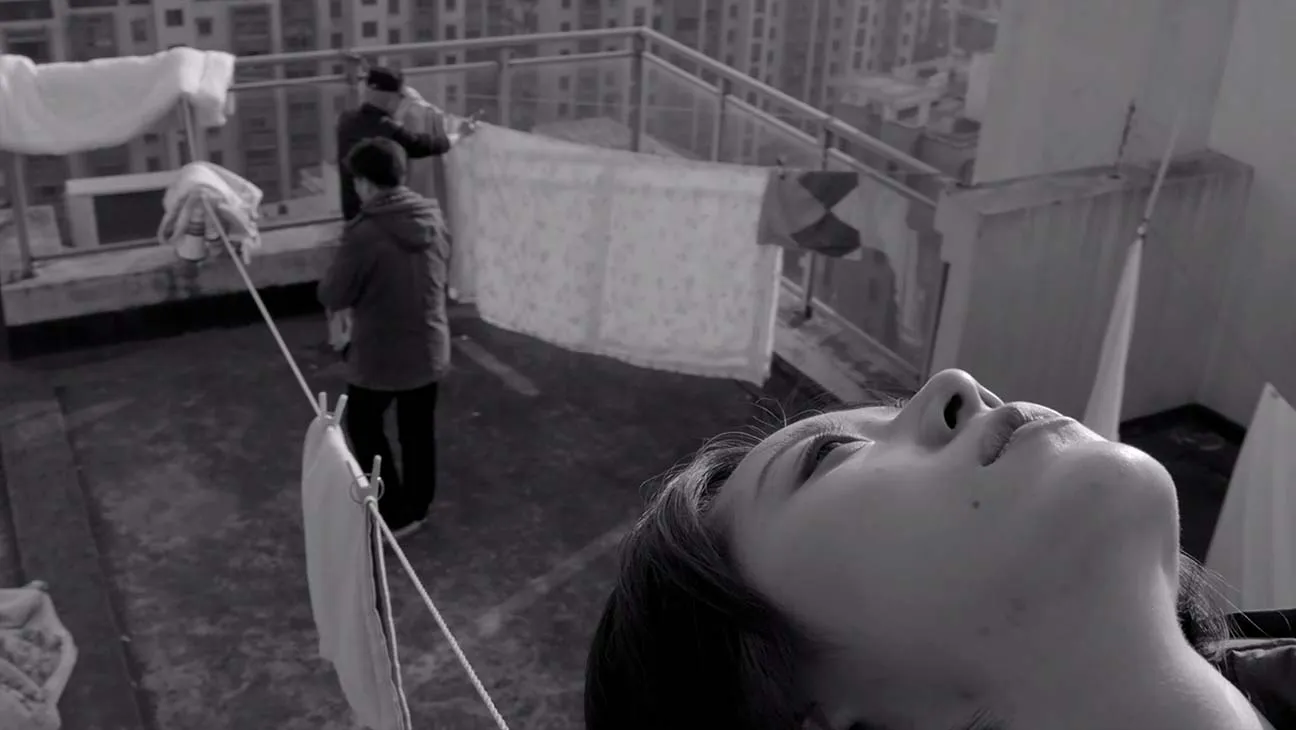When I first started to wrap my head around the depth of tea culture in China, I quickly realized I knew absolutely nothing about tea. Now, after several years dabbling in the world of tea drinkers and producers, and spending weeks in Yunnan utterly immersed in it, I can confidently tell you I still know absolutely nothing about tea.

Crucially, this is not your grandma’s tea party kind of tea: Not the classic box of tea bags, boiled kettle, spoon of sugar, and the pretentious milk before or milk after you pour the water debate kind of tea.
This is worlds away. It’s a gorgeous, meditative, social practice, where you slide through hours, gently rolling the tea through hot water, pour after pour on the same carefully measured pot of leaves.

Between the politics and gossip, you smell and slurp your delicate cup, noting the evolution of flavor, commenting on how the initial subtle bitterness has faded away, how this time there are notes of honey, next time some floral notes, then fruitiness, before diving back into the topic of the day.
There is a world of discovery, not just within the tea itself but also with those sitting around the table. Some of my most memorable conversations in China have happened over the elegant ballet of a Chinese tea ceremony.

If you’ve ever gotten yourself wrapped up in the depth of a tea tasting, the grand finale is often a Pu’er tea, from southern Yunnan province. This is boss-level tea: It’s not outrageous for a third of a kilogram to sell for tens of thousands of dollars.
Like whisky, it’s about the aging. Recently an 80-year-old Pu’er tea cake sold for 1.8 million RMB (270,000 USD). As I said, boss-level tea.

If you have enjoyed Pu’er tea, you’ve likely found it very earthy, with perhaps even a bit of a barnyard-y taste. It’s dark in color like black tea, but with smooth, complicated flavors — a little fruity and floral.

But Pu’er tea wasn’t always so earthy in its flavor; in fact, the style — one of China’s more popular tea varieties — is likely younger than your grandpa.
In the 1970s, when China was opening up to foreign business and beginning to push its export market under the leadership of Deng Xiaoping, there was a task force put together in Yunnan to try to make tea more accessible to international buyers.
The result was to put tea through a long fermentation process, smoothing out any bitter flavors to make it more convenient to plop into hot water and have a good tea from the first pour.
It also required a lesser quality of leaves, so it was easy to make Pu’er from the autumn harvest or by using younger trees. One was no longer limited to the best pick of leaves. However, this dark, rich tea isn’t what Pu’er tea was before.

Another world of Pu’er tea still exists using the traditional method, without the long, dedicated pile fermentation process. The result is a lighter tea, perhaps a little bitter with the first pour. But as you drink through the pours, it opens up with gentle notes of honey, fruity and floral fragrances. It’s a real treat to experience.
For this, you need the best: carefully selected leaves, ideally from an older tree, ideally sitting at high elevation, picked only in the spring before the summer rains hit.

If you’ve ever been on a wine tour, you’ll often hear mention of the age of the vines. Simply, as plants get older, it takes a lot more effort to create fruit, and so the fruit that is produced tends to be rich with flavor. This is true for tea as well.
In the county of Menghai in southern Yunnan, where I spent time on the Li family farm, they had a batch of 40-year-old trees and a small collection of trees planted 200 years ago. (Pu’er trees can easily be 200-300 years old — sometimes they break 700-800 years.)
Way up in the mountains, requiring constant picking, these ancient, albeit slow-growing trees were less than 3 meters tall — still high enough for Mr. and Mrs. Li to have to nimbly climb to get to the highest branches. (Effort like this means the tea doesn’t come cheap!)

The best leaves are the new shoots from these older trees, picked in a one-month window during springtime after resting all winter and before it rains.
The bitter notes in tea are often present in the water, which is why so much of the initial process is about removing that water, and why the best leaves are harvested in the dry spring months on the mountain tops of Yunnan.

This is also why green teas are more bitter — they haven’t had as many processing steps to remove water.
Modern types of Pu’er tea use a 50-day fermentation process to smooth out flavors. This method really pays off if you are harvesting tea outside of that magical window, harvesting from younger trees, or being less selective with the leaves you pick. It’s like aging a cheap wine.

After the tea is harvested, roasted, and dried, it’s transported to factories to be fermented or stored until it’s time to be packed into tight bricks and sent out.
Tea is often aged for as long as decades, smoothing out the flavor, commanding your attention and time to enjoy it as it unfolds, pour after pour.
You might also like:
 10 Chinese Teas You Have to KnowArticle Jun 27, 2017
10 Chinese Teas You Have to KnowArticle Jun 27, 2017
All images courtesy of Graeme Kennedy















